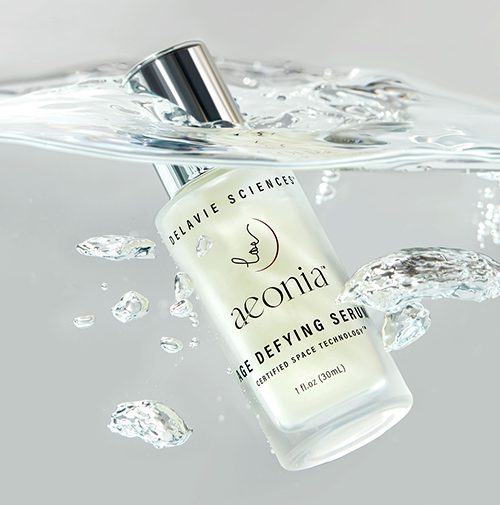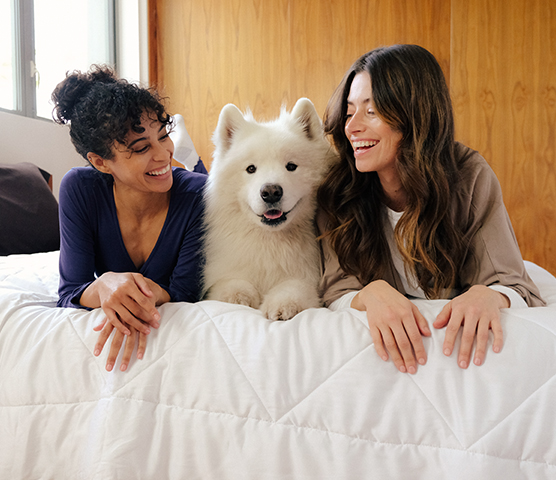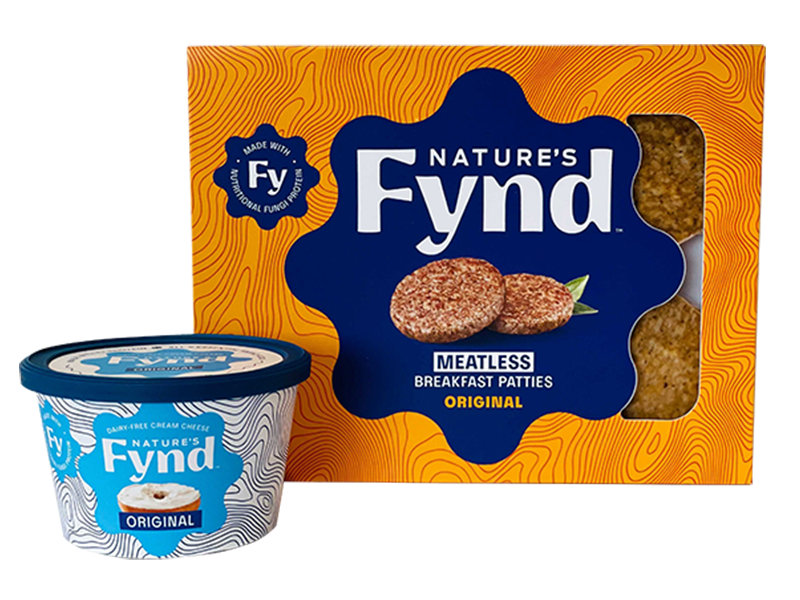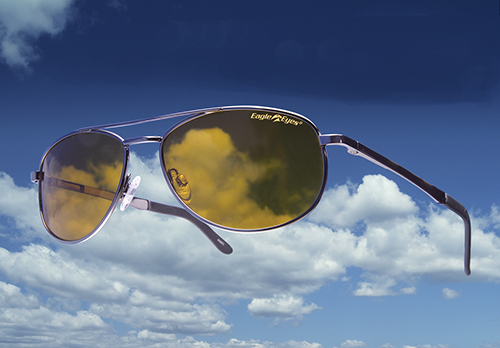
Imagine waking up from a good night’s sleep on temperature-regulating bedding, applying your sunscreen, and cooking vegan breakfast patties – all before leaving the house with UV-blocking sunglasses on.
What if we told you that each of these everyday conveniences is powered by the pioneering technology of NASA? From the vastness of space to the aisles of your favorite store, NASA’s technological advancements are making life on Earth smarter, safer, and more comfortable.
Businesses can leverage NASA’s extensive portfolio of technologies through licensing agreements. These collaborations showcase the limitless possibilities for creating products powered by NASA innovations.

Delavie Sciences LLC harnessed a radiation-resistant bacterium discovered by NASA Jet Propulsion Laboratory (JPL) during their quest to sanitize spacecraft bound for Mars. The outcome? A breakthrough in anti-aging and enhanced sun protection. The company licensed the bacterium from NASA and developed the ingredient that is now used as an SPF-boosting additive in sunscreen products. The company also started its own line of face and eye creams – the Aeonia Age Defying Serum and the Aeonia Eye Refresh.
Temperature-Regulating Bedding
With temperature swings between extremes of minus 250 to 250°F, astronauts need effective thermal regulation to maintain comfort and safety while working outside their spacecraft. In the 1980s, NASA’s Johnson Space Center funded the Triangle Research and Development Corporation to develop phase-change materials (PCMs) for temperature control in spacesuits. These materials absorb and release heat, helping to maintain a steady temperature while external temperatures fluctuate. It was then licensed to Gateway Technologies and later renamed Outlast. This textile is now used widely in consumer products, including bedding and loungewear by Slumber Cloud, which are popular among young professionals and thermally incompatible couples.

Each year, 1.3 million Americans grapple with the internal heat wave of menopause. Menopausal symptoms, such as hot flashes, can persist for years and there is no definitive cure for these biological responses. Inspired to address this need, Louise Nicholson, a textile marketer, embarked on a quest that led her to the NASA-funded technology known as Outlast. Outlast’s remarkable ability to regulate temperature has emerged as a valuable solution in relieving menopausal symptoms. Established by Nicholson in 2017, Fifty One Ltd. pioneers clothing bonded with Outlast, offering stylish and comfortable options for those experiencing menopause.
Sustainable Protein: Vegan Breakfast Patties and Non-Dairy Cream Cheese

As humanity explores the depths of space, the need for a self-sustaining food system that can support crew members for extended missions becomes increasingly evident. While conducting NASA-funded research on organisms that thrive under extreme conditions, a geomicrobiologist discovered a particular type of microbe that had evolved within Yellowstone National Park’s acidic hot springs. Now this microbe is the basis of a fungal protein from which the company Nature’s Fynd produces meat-alternative breakfast patties and non-dairy cream cheese. This protein is also growing on the International Space Station as potential astronaut food and could play a part in advancing sustainable nutrition globally.

Originally developed in the 1980s by scientists at NASA’s Jet Propulsion Laboratory (JPL), the technology behind Eagle Eyes Optics’ UV-blocking sunglasses has transformed eye protection for consumers worldwide. Stemming from research on the harmful effects of light in space and artificial radiation from welding, this technology leverages light-filtering dyes and zinc oxide particles to safeguard against harmful wavelengths. Over the years, SunTiger, Inc. (now Eagle Eyes Optics) has expanded its product line to include over 40 styles of sunglasses, each featuring their patented TriLenium Gold ™ Lenses, originally developed from NASA technology. Recognized as a Certified Space Technology by the Space Foundation, Eagle Eyes Optics continues to lead the way in vision enhancement and protection.
These are only a few examples of the ways NASA innovations have seamlessly integrated into our daily lives. Whether you’re an entrepreneur seeking inspiration, a student, or industry professional, the NASA patent portfolio offers a wealth of solutions waiting to be explored.
Don’t forget to subscribe to our newsletter for the latest insights and Spinoff news.




